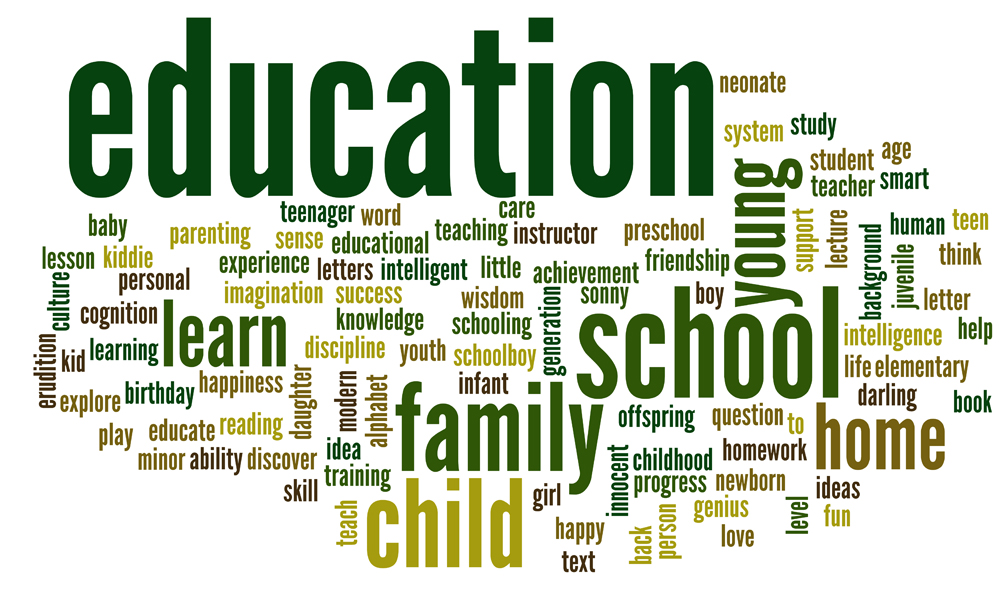Most teachers chose their profession because they love working with children.
You might be one of them.
You love to inspire young minds, enjoy sharing your passions and perhaps you even quite like the challenge that comes with transforming reluctant learners into confident classroom contributors.
But in your early days at university and college, did you realise that your role would require you to work closely with parents on a daily basis too?
Every class has a unique composition of children, parents and carers and the dynamic changes every year, but many beginning teachers tell me that the amount of contact they have with parents surprised them in the early stages of their career.

Visible and invisible parents
As teachers, we know that there will always be parents who are keen to be involved at school.
These are the ‘visible’ mums and dads who willingly respond to your requests for classroom helpers, come to parent-teacher nights, show up when their child is performing at assembly and are an active member of the P & C.
But equally, there will be other parents who you will rarely see at school.
While it would be easy to make the assumption that these ‘invisible’ families are not really interested in what goes on in your classroom, in reality we all know that this is usually not the case.
Many parents would love to have a more active involvement in their child’s education, but sometimes barriers to this exist and, as professional educators, it’s up to us to both acknowledge and work around these obstacles.
For some families, the need to keep food on their children’s table and a roof over their heads means that work and school hours don’t mix well.
For others, language or educational gaps result in parents feeling uncomfortable and overwhelmed by the formality of school.
Whether you intend it or not, the whole idea of talking or writing to you, the teacher, might just be too intimidating for some of your students’ parents, and so finding a way to meet the inclusion needs of the community around your kids is just as important as differentiating the curriculum to meet your students’ individual learning needs.
Including parents in your classroom

Every child and family is unique, and so it’s reasonable to say that every student and parent has a unique set of needs.
The best way to meet these needs is to be willing to get to know the families that your students are part of, and make it clear that you want to partner with them so that their child has a great year with you.
Because the classroom is your ‘domain’, parents and carers will take their lead from you when it comes to connections, so having a good parent and community communication plan is important.
Take the lead
While some of the suggestions below seem like common sense, you might be surprised by the number of teachers who don’t start the year by laying good foundations for parent-teacher partnerships.
There are many simple things that you can do to make parents feel included and the efforts you make at the start of the year will pay dividends later, including:
- Distribute your work email address freely
Even though it’s the 21st century and a high percentage of Australian parents have some access to the internet, some teachers and schools still baulk at giving email addresses to parents. If you don’t want to spend your precious Release from Face to Face (RFF) returning phone calls and leaving endless messages that have to be followed up again and again, do everyone a favour and give parents your work email address. There’s always a chance that parents will use the email address to send invitations to party plan functions, but if you make it clear that the email address you are providing is not your personal address and is for correspondence about school-related matters only, you should be able to navigate the occasional rogue email from an enthusiastic fund-raiser. Experienced teachers will tell you that many of the relatively minor questions that come your way are much more efficiently dealt with via email. An added advantage of responding to parent queries in writing is that you have a record of your correspondence and, instead of being caught on the hop, have the chance to provide a considered answer in a way that has a better chance of meeting the needs of the student and family.
- Find out as much as you can about your students’ families
While it’s not appropriate to pry into people’s personal lives, you will spend a lot of time with your students during the year, and so it’s important to have as much understanding as possible of their life outside the school gates. Depending on the community in which you work, there might be many ways to ask gentle questions of your classroom community, such as a quick survey that asks parents to tell you a little about your student’s life at home. Remember, not all parents will have the resources to complete this kind of ‘homework’, so you may need to be a little creative and provide people with options, such as making a quick video on their phone. Another way to learn more about your students is to consult with colleagues who may have insights drawn from past dealings with the family. Take advantage of ‘hand-over’ opportunities such as meetings in which last year’s teacher introduces you to a new family who might need a little extra TLC. Transfers of trust are often difficult for parents, and especially those who have children with additional needs. The more willing you are to touch base with them, the more comfortable they will feel in collaborating with you.
- Make it easier for bilingual families
If you work in a culturally and linguistically diverse community, language barriers can be a challenge when trying to connect with parents and carers. Could you recruit existing members of the school community (perhaps the parents of children you have taught before) to act as interpreters and guides for parents who are new to your classroom? Could you create a classroom notice board where information is delivered in languages other than English? You may have colleagues who have done this successfully, and their ideas could be ones that you could re-imagine for your own class this year.
- Opportunities to meet beyond the bell
For some parents, and particularly those who don’t hold fond memories of their own education, coming to school for formal occasions like parent-teacher nights can be intimidating. What other opportunities could you create to welcome families to your classroom so that you can build relationships? Perhaps a simple 8.00am breakfast of toast, muffins and orange juice, or an afternoon tea (with admittedly a pretty similar menu!) might offer a once-a-term chance for parents and carers to come to your classroom with their kids. In the course of first term, could you and your students work toward a mini-art show, or a simple class performance to which they could invite their parents and carers for an early evening showing? While these mini-events take some planning, they also give children the opportunity to work toward an occasion that they can look forward to, and they offer low-risk opportunities for parents to meet you in a less formal setting in the early part of the year when foundations are being laid for the months ahead.
- Don’t assume that children tell parents everything they need to know
Wouldn’t it be lovely if children remembered everything we tell them?! Just as your students sometimes forget classroom rules or their times tables, it’s in kids’ DNA to occasionally forget the important information that you hope they will share with their parents. If you have students with additional needs, they may not have the capacity to adequately explain what their mums and dads need to know either. If we really want to include parents in the partnership we have with our students, we teachers must accept the responsibility for conveying information in a way that meets the needs of our classroom community. While it might take a little extra time on a Sunday night to send a ‘What’s happening this week’ email, or a few minutes each day to post an update on the secret Facebook page that you’ve set up for your students’ parents, the extra effort you make to keep parents in the loop will make a big difference to the way you support their children, and to the way they support you. These days there are so many ways to communicate, so it doesn’t matter whether you use a brightly decorated noticeboard outside your classroom door, a simple class website or a weekly Facebook Live post, finding ways to get information to parents quickly and in a friendly, professional way will serve you well as you open the lines of communication with them.
A question of inclusion
When you think of ‘inclusive education’ practice… who are you including?
We all want our students to be the best they can possibly be, and to achieve that, we need the support and involvement of the people they love.
The communication chain starts with us, and if we open the door, many parents will eventually walk through it.
There will always be some guests who come to our classroom party early, and others who arrive after the entrée is served, but making them all feel like valued guests is the point, right?
This year, may I encourage you to keep the invitations coming and the welcome mat out for your students’ parents?
The respect you show for the families who are part of your classroom community could mean more to them than you will ever know.
About Sonja Walker
Sonja is the author of School Ready: A practical and supportive guide for parents with sensitive kids. She is also an experienced teacher, speaker, mum and the founder of Kids First Children’s Services, an award-winning paediatric health and education practice in Sydney where she leads a highly experienced team of child psychologists, speech pathologists, occupational therapists and teachers. Sonja’s mission is to help kids to thrive, not just ‘cope’ by supporting their parents and teachers with practical solutions and easy ideas that make life happier at home, preschool and school. Sonja presents keynote speeches and workshops in preschools, schools and corporate settings and is a sought after media commentator on topics related to children’s learning and development.
To contact Sonja, please visit www.kids-first.com.au

